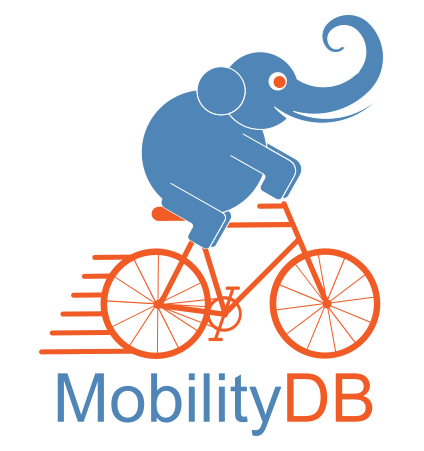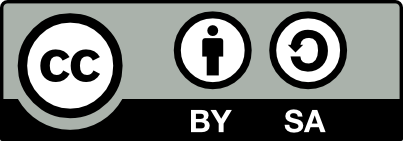2022-05-27.
Abstract
MobilityDB is an extension to the PostgreSQL database system and its spatial extension PostGIS. It allows temporal and spatio-temporal objects to be stored in the database, that is, objects whose attribute values and/or location evolves in time. MobilityDB includes functions for analysis and processing of temporal and spatio-temporal objects and provides support for GiST and SP-GiST indexes. MobilityDB is open source and its code is available on Github. An adapter for the Python programming language is also available on Github.

MobilityDB is developed by the Computer & Decision Engineering Department of the Université Libre de Bruxelles (ULB) under the direction of Prof. Esteban Zimányi. ULB is an OGC Associate Member and member of the OGC Moving Feature Standard Working Group (MF-SWG).

This is the manual for MobilityDB v1.0. The MobilityDB Manual is licensed under a Creative Commons Attribution-Share Alike 3.0 License 3. Feel free to use this material any way you like, but we ask that you attribute credit to the MobilityDB Project and wherever possible, a link back to MobilityDB.

Table of Contents
- 1. Introduction
- 2. Time Types and Range Types
- 3. Temporal Types
- 4. Manipulating Bounding Box Types
- 4.1. Input/Output of Bounding Box Types
- 4.2. Constructor Functions
- 4.3. Casting
- 4.4. Accessor Functions
- 4.5. Modification Functions
- 4.6. Spatial Reference System Functions
- 4.7. Aggregate Functions
- 4.8. Comparison Operators
- 4.9. Set Operators
- 4.10. Topological Operators
- 4.11. Relative Position Operators
- 4.12. Indexing of Box Types
- 5. Manipulating Temporal Types
- 5.1. Input/Output of Temporal Types
- 5.2. Constructor Functions
- 5.3. Casting
- 5.4. Accessor Functions
- 5.5. Modification Functions
- 5.6. Restriction Functions
- 5.7. Comparison Operators
- 5.8. Bounding Box Operators
- 5.9. Mathematical Functions and Operators
- 5.10. Boolean Operators
- 5.11. Text Functions and Operators
- 5.12. Spatial Functions and Operators
- 5.13. Similarity Functions
- 5.14. Multidimensional Tiling
- 5.15. Aggregate Functions
- 5.16. Utility Functions
- 5.17. Indexing of Temporal Types
- 5.18. Statistics and Selectivity for Temporal Types
- 6. Temporal Network Points
- A. MobilityDB Reference
- A.1. Functions and Operators for Time Types and Range Types
- A.2. Functions and Operators for Box Types
- A.3. Functions and Operators for Temporal Types
- A.3.1. Constructor Functions
- A.3.2. Casting
- A.3.3. Accessor Functions
- A.3.4. Modification Functions
- A.3.5. Restriction Functions
- A.3.6. Comparison Operators
- A.3.7. Mathematical Functions and Operators
- A.3.8. Boolean Operators
- A.3.9. Text Functions and Operators
- A.3.10. Spatial Functions and Operators
- A.3.11. Similarity Functions
- A.3.12. Multidimensional Tiling
- A.3.13. Aggregate Functions
- A.3.14. Utility Functions
- A.4. Functions and Operators for Temporal Network Points
- B. Synthetic Data Generator
- Index
List of Figures
List of Tables